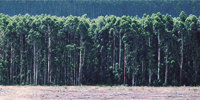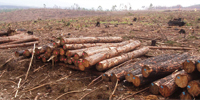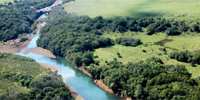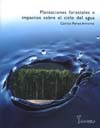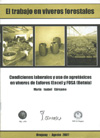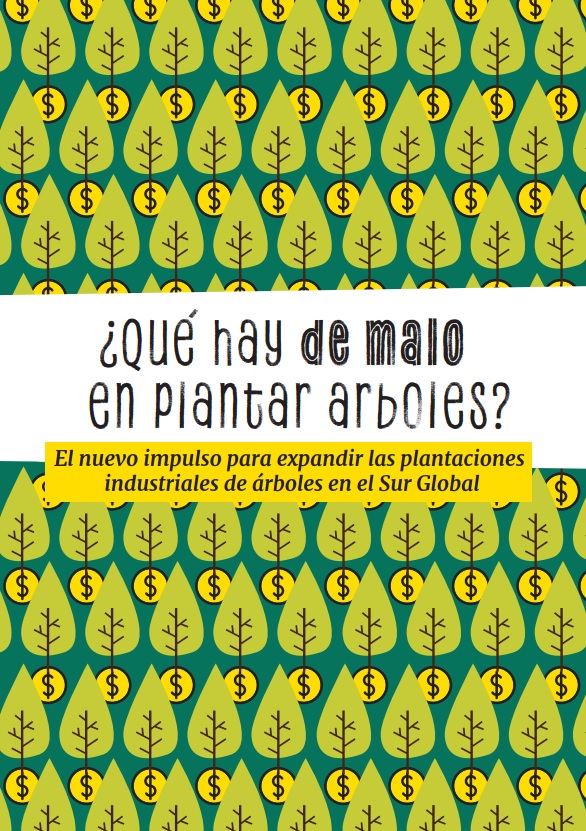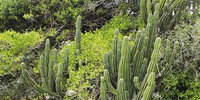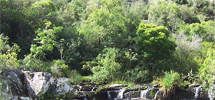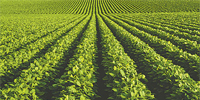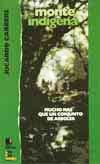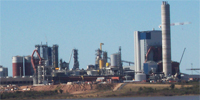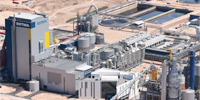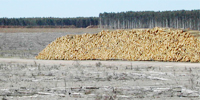Press release – 12 August 2009
Data referring to the third semester of operation of Botnia’s pulp mill in Fray Bentos, Uruguay, were publicly presented on 10 August. The documents submitted concluded that “The environmental performance of Botnia’s pulp mill continues to comply with BAT (best available techniques) standards, authorization and criteria.” Yet, immediately following the presentation the news that started to circulate was that “Botnia does not pollute”.
However, an analysis of the information provided shows that the Finnish company releases considerable amounts of various polluting substances into the river and the air every day. According to the presentation submitted by DINAMA’s Division of Environmental Monitoring and Performance, during the period under consideration gaseous emissions, the solid waste and liquid effluents released by the plant were the following (*):
Gaseous emissions:
SO2 (sulphur oxide): 30 ton
TRS (sulphur gases): 6 ton
S (sulphur): 35 ton
NOx (nitrogen oxides): 995 ton
Particulate material: 117 ton
Solid waste:
Green liquor slag and lime sludge: 18720 ton
Crude water treatment sludge: 1755 ton
Bark and wood residue: 51480 ton
Primary sludge from emission treatment: 14040 ton
Liquid effluents:
Phosphor: 5 ton
Nitrogen: 30 ton
AOX (halogenated organic compounds): 18 ton
BOD (biological oxygen demand): 117 ton
COD (chemical oxygen demand): 2925 ton
TSS (total solids in suspension): 117 ton
The report submitted also provides information on other substances dumped into the river, including: Ammonium, Nitrate, Chlorate, Phenol substances, Chlorophenols, Resin Acids, Sterols, Arsenic, Mercury, Cadmium, Copper, Chrome, Nickel, Lead, Zinc, Sodium, Iron, Sulphur, Cyanide and detergents, with values given in milligrams per litre of effluent. Converting these quantities to kilos (**) and as an example, during the period under consideration 2925 kg of arsenic, 74 kg of cyanide, 2925 kg of chrome, 74 kg of mercury and 878 kg of lead were dumped into the river.
The data provided in the presentation indicate that Botnia’s pulp mill releases 23 tons per day of waste into the air and water; and produces 102 tons per day of waste that goes to an industrial landfill and 325 tons per day of waste that goes to tree plantations, including primary sludge waste from the effluent treatment plant and from wood residue.
Summing up, the analysis of the information provided shows that every day the Finnish company dumps into the river considerable quantities of various substances, some of which are widely known to have noxious effects on the health of living beings. Therefore, it cannot be affirmed that the pulp mill “does not pollute.” At the most, it may be said that this pollution falls within legally established parameters.
Notes:
* This information was provided in kilos per ton of pulp. The figures given here were calculated considering that, according to the company 585,000 tons of pulp were produced over this period. The values submitted of gaseous emissions, effluents dumped into the river and solid waste, arise from daily monitoring carried out by the BOTNIA plant and from the samples taken during the 5 inspections carried out by DINAMA (between 11 November to 31 May).
** These data were given in grams and micrograms per litre of emission. The figures in kilos above calculated were based on the company’s discharge of 73,000 cubic metres per day.

